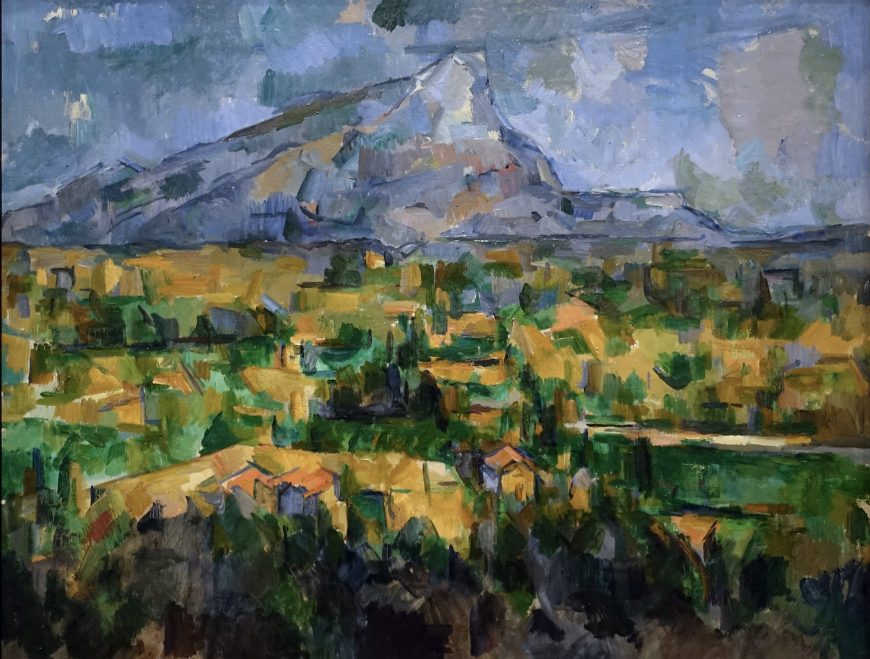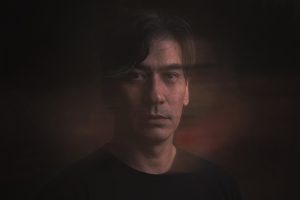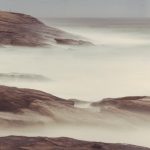Post-impressionism was not a movement, but a term that mapped the emergence of individual and innovative productions, of some artists who came or were influenced by impressionism. Thus, these artists did not form a group, much less share a common goal. The term “post-impressionism” is used to describe the works of the following artists: Paul Cézanne, Vicente Van Gogh, Paul Gauguin, Georges-Pierre Seurat.
Paul Cézanne
Paul Cézanne, French (1839-1906), was an artist who was constantly bored because he was constantly refused from the Official Halls and wanted the recognition he deserved. Displeased with everything, he left the Impressionists and in 1886, being a wealthy family, he moved from Paris to isolate himself in his home in the south of France, in Aix-en-Provence
The purpose of this isolation was to plunge into a solitary experience with his art, since he did not believe in that purely visual painting of the Impressionist friends. He insisted on keeping in touch only with a few close friends like Renoir, Monet and Pissaro, but he preferred not to talk about painting.
Immersed in solitary production, Cézanne allowed himself to carefully observe nature, review literature and, above all, romantic painting. He was proposing to develop a consistent painting, with a lot of research and that could bring the visual sensation of nature, to the level of the consciousness of the form.
In a 1904 letter, he writes that it is necessary to “treat nature according to the cylinder, the sphere, the cone, the whole put in perspective”. It was intended to see in this sentence a theoretical anticipation of Cubism, a movement that descends from his painting, but interprets it in a rationalist sense.
Realizing that in nature there is a mental geometrization of what is observed, thus, Cézanne worked firmly with the contours and solidity of the forms that the Impressionists abandoned. As an example of this, see the following image:

Cézanne produced several versions of Monte Sainte-Victoire. This version shows us the degree of structural lucidity that the artist developed. As mentioned by Argan, the artist Picasso creates Cubism based on Cézanne's research and works. See now more of his works in the video below.
Anyway, we'll meet in the next article on modern art.
So, did you like the article and want to contribute a coffee of thanks? Make your contribution through the QR Code below. Help the Foto Blog that helps you. Any value is welcome! A coffee is R$2 here, for example.

Related articles
| Make long exposure | Types of cameras | Light the principle (part 1) | Light the principle (part 2) |
Other links
| Paul Cézanne | Saquarema | Photo | Photography | Online Gallery | FotoBlog | Claude Monet | Photographic Technique | Color Photographic Technique | Quality of a photo | What is Photography? | The Role of the Sensor | Pricing | DSLR | Compact | Lens Types | Photographic Technique 5 |





